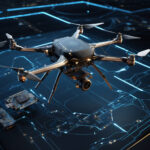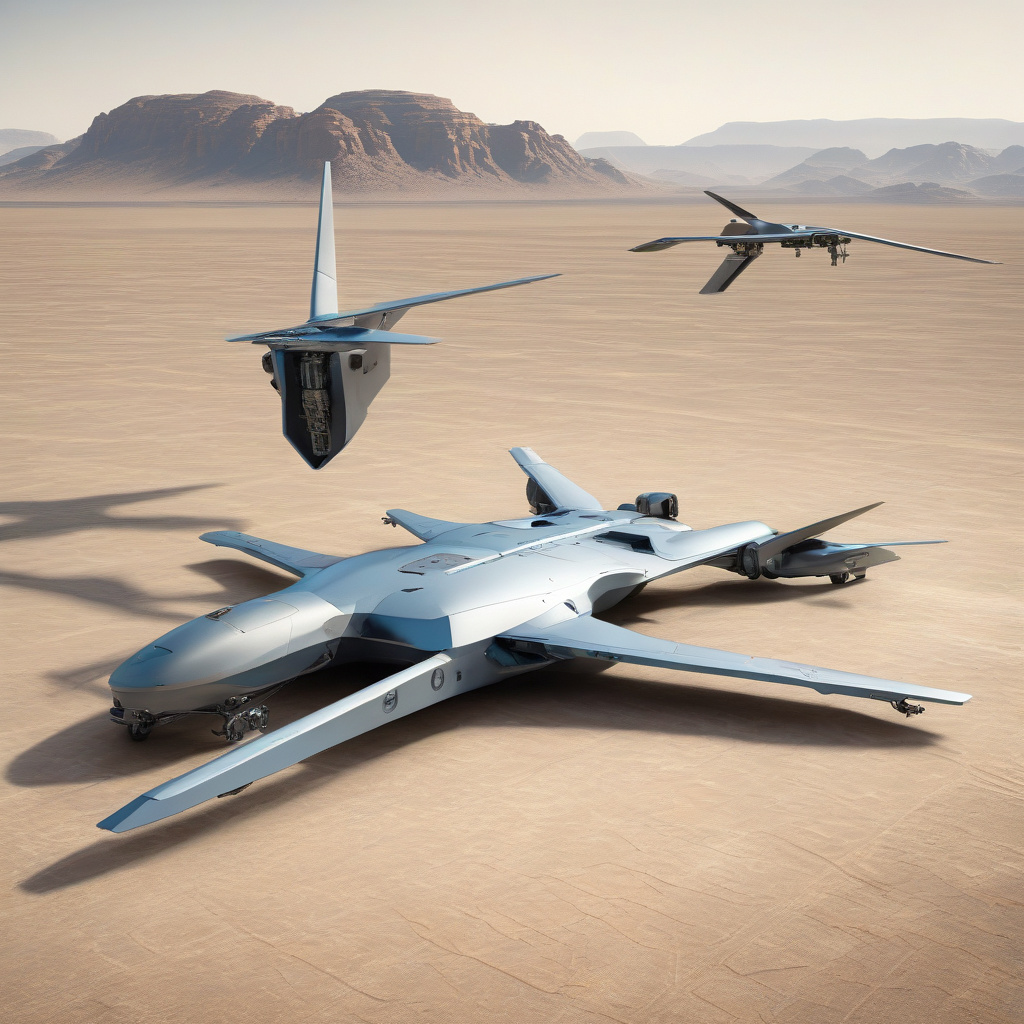US Air Force Special Operations Command (AFSOC) Aims to Transform Drones into Long-Range Strike Platforms with Cruise Missiles
It has come to light that the U.S. Air Force Special Operations Command (AFSOC) wants to revolutionize the use of drones by turning them into long-range strike platforms through the mounting of cruise missiles. This strategic move could significantly enhance the military’s capabilities and effectiveness in modern warfare scenarios.
The concept of utilizing drones as carriers for cruise missiles represents a paradigm shift in military tactics. Traditionally, drones have been primarily used for reconnaissance, surveillance, and targeted strikes. By outfitting them with cruise missiles, AFSOC aims to extend their operational range and lethality, enabling the U.S. military to engage targets from a greater distance with precision and minimal risk to personnel.
One of the key advantages of converting drones into long-range strike platforms is the element of surprise. These weaponized drones can be deployed covertly, fly at high altitudes, and strike targets deep within enemy territory without being detected easily. This capability is particularly valuable in modern warfare, where strategic advantages can be gained through swift and precise military actions.
Moreover, the use of drone-mounted cruise missiles aligns with the U.S. military’s shift towards incorporating advanced technologies into its operations. By leveraging the latest developments in unmanned aerial systems and precision-guided munitions, AFSOC can stay ahead of adversaries and maintain superiority in the ever-evolving landscape of modern warfare.
The integration of cruise missiles onto drones also offers a cost-effective solution for conducting long-range strikes. Compared to manned aircraft or traditional missile systems, weaponized drones are relatively inexpensive to operate and can be deployed in greater numbers to saturate enemy defenses effectively. This cost-efficient approach allows the military to achieve its objectives with minimal expenditure of resources.
Furthermore, the adaptability of drone-mounted cruise missiles provides flexibility in mission planning and execution. These systems can be reconfigured quickly to accommodate different types of munitions, allowing for versatile strike capabilities tailored to specific operational requirements. Whether conducting precision strikes on high-value targets or supporting ground forces in combat zones, weaponized drones offer a versatile and responsive solution for military commanders.
Despite the clear advantages of this innovative approach, there are also challenges and ethical considerations to address. The use of drones in combat raises concerns about civilian casualties, collateral damage, and the potential for escalation of conflicts. It is essential for the U.S. military to prioritize the protection of non-combatants and adhere to international laws and norms governing the use of force in armed conflicts.
In conclusion, the U.S. Air Force Special Operations Command’s initiative to turn drones into long-range strike platforms by mounting cruise missiles represents a significant leap forward in military capabilities. By embracing advanced technologies and innovative tactics, AFSOC aims to enhance the effectiveness and efficiency of U.S. military operations while maintaining a strategic advantage on the battlefield. As the development of drone technology continues to progress, the integration of weaponized drones is poised to shape the future of warfare and national security.
drones, US Air Force, military technology, modern warfare, AFSOC












